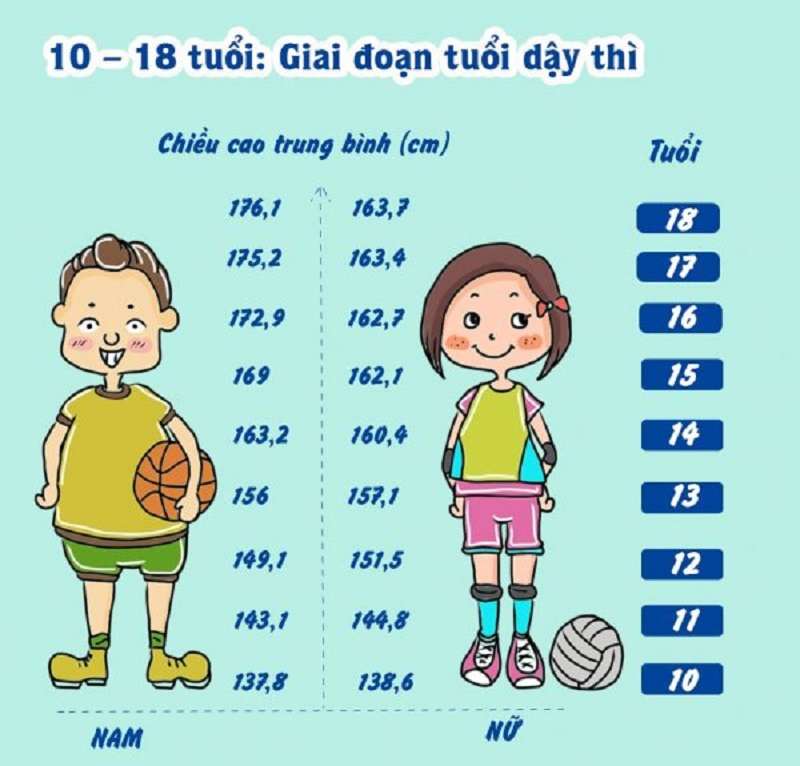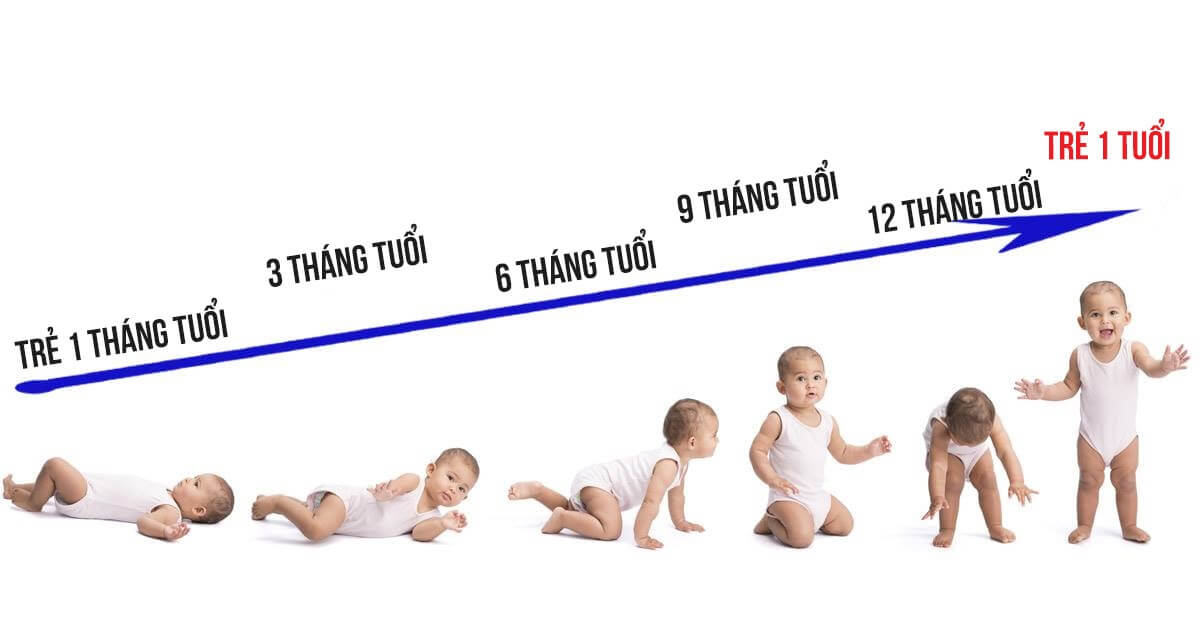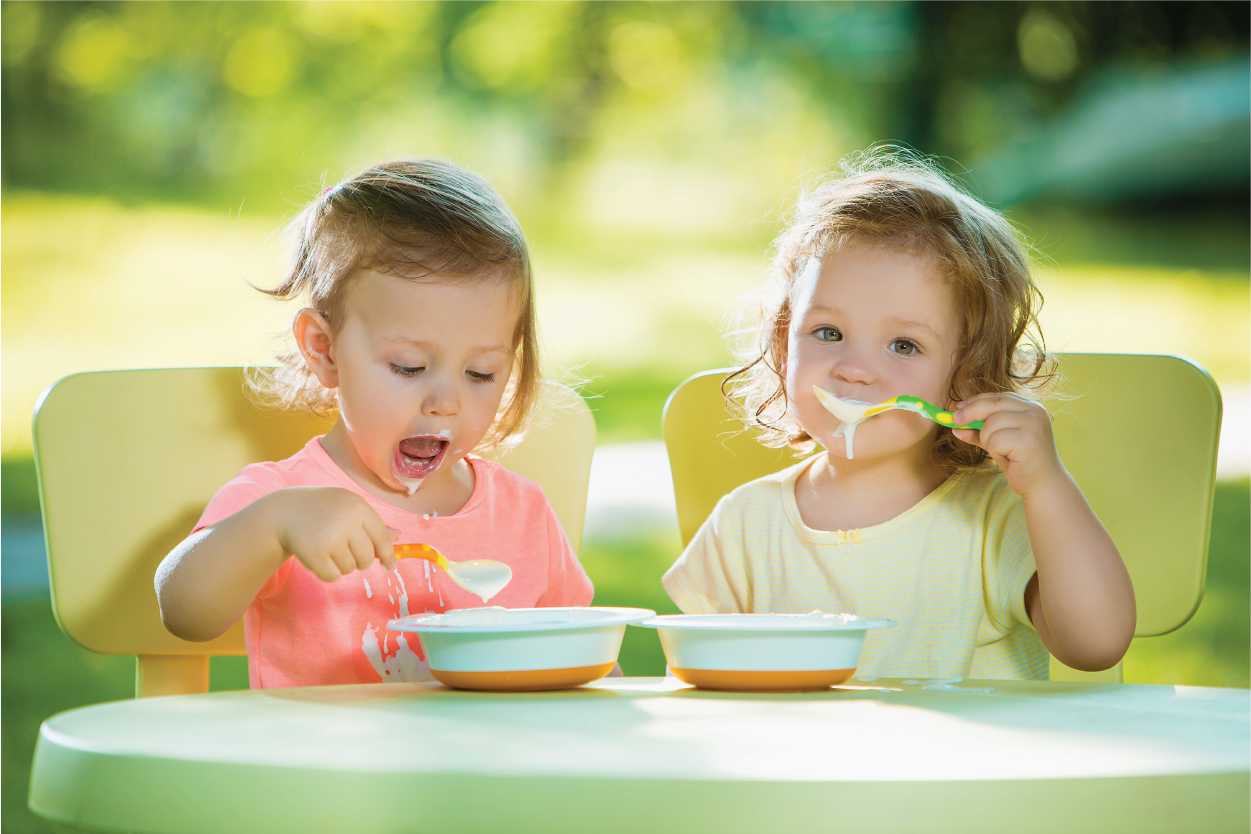[foxdark]
[Phát Triển Của Bé 2 Tháng Tuổi]

Executive Summary

This article is a comprehensive guide for parents and caregivers of 2-month-old babies, focusing on their physical, cognitive, and social development. It addresses common questions, provides insights into expected milestones, and offers practical tips for nurturing a baby’s growth during this crucial period.

Introduction
The second month of life is a time of rapid growth and development for your baby. They are becoming more aware of their surroundings, engaging more actively with the world, and forming stronger bonds with loved ones. This period is characterized by a significant shift from newborn reflexes to more purposeful movements, as well as increased interaction and communication.
What are some common developmental milestones for a 2-month-old baby?
- Holding their head up for a short period: At 2 months, babies start to gain more control over their neck muscles. They can lift their head for a short time when placed on their tummy.
- Tracking objects with their eyes: Babies are now more adept at following moving objects with their eyes, showing a growing awareness of their surroundings.
- Making cooing sounds: This stage is marked by the emergence of cooing sounds and vocalizations, a clear indication of the development of their communication abilities.
- Smiling: Babies begin to smile more frequently, often in response to familiar faces and voices.
What should I do if my 2-month-old baby is not meeting these milestones?
Every baby develops at their own pace. If you have any concerns about your baby’s development, it’s always best to consult with their pediatrician. They can assess your baby’s progress and offer personalized advice.
What are some things I can do to help my 2-month-old baby develop?
- Tummy time: Encouraging tummy time is crucial for developing neck and back muscles. Start with short sessions and gradually increase the duration.
- Interactive play: Engage your baby with toys that stimulate their senses, such as rattles, soft books, or brightly colored objects.
- Singing and talking: Regularly sing songs, talk to your baby, and read aloud. This helps develop their language skills and fosters a strong bond.
- Massage: Gentle massage can promote relaxation and bonding.
Physical Development
At two months, babies are becoming stronger and more coordinated. This is reflected in their physical abilities, which are rapidly expanding.
- Improved head control: Babies now have greater control over their head, enabling them to hold it up for longer periods and even momentarily lift it when lying on their back.
- Increased movement: They become more active, with increased leg and arm movements, often kicking their legs and waving their arms.
- Rolling over: While not all babies roll over at this age, some may start to roll from their back to their side.
- Grasping reflex: Babies’ grasping reflexes are becoming stronger, allowing them to grasp objects more securely.
Cognitive Development
The second month marks a significant period of cognitive development. Babies are starting to understand their environment and interact with it more actively.
- Visual tracking: Babies now have much better control over their eye movements and can track objects across their field of vision, showing an increased ability to focus.
- Recognizing faces: They are increasingly able to recognize familiar faces, often showing delight when they see loved ones.
- Responding to sounds: Babies are becoming more sensitive to sounds and can often turn their heads towards the source of a noise.
- Short-term memory: They start to demonstrate basic memory skills, remembering familiar objects or routines.
Social Development
Babies at two months are becoming more social and engaged with their surroundings. Their interactions with others are becoming more pronounced and rewarding.
- Smiling: Babies start to smile more frequently and purposefully, often in response to familiar faces and voices.
- Cooing: Cooing and gurgling sounds become more frequent and varied, demonstrating the development of communication skills.
- Vocalizing: Babies may start to experiment with different sounds, often trying to mimic the sounds they hear from others.
- Social interaction: They enjoy interacting with people and often become excited when they are being held or spoken to.
Conclusion
The second month of life is a period of immense growth and change for babies. They are making significant strides in their physical, cognitive, and social development. As parents and caregivers, it’s important to be mindful of these milestones, provide a nurturing environment, and respond to their evolving needs.
Keyword Tags
- Baby Development
- Two Month Old Baby
- Physical Development
- Cognitive Development
- Social Development